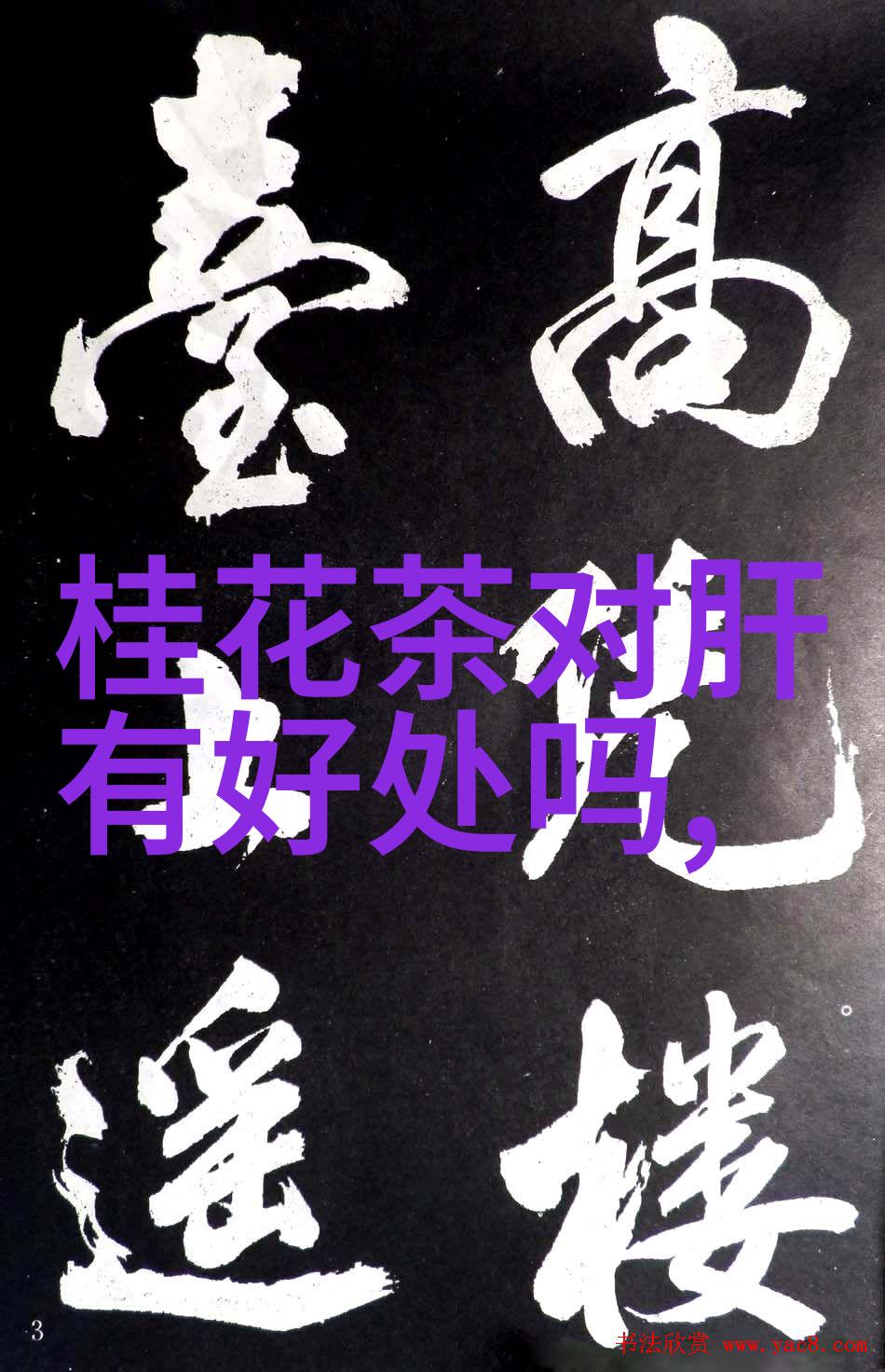在中国十大名茶中,龙井无疑是一枝独秀。它以其独特的种植环境、精心的制作工艺以及悠久的历史文化背景,成为了世界上最受欢迎和尊敬的一种绿茶。

龙井的种植环境:自然恩赐与人间巧作
龙井位于浙江省杭州市西湖之滨,是一片山地地区。这片山地因其特殊的地理位置和气候条件,被誉为“天下第一佳境”。这里春季阳光明媚,雨量充沛,为茶叶生长提供了完美的条件。而这片土地本身也蕴含着丰富的矿物质和微生物,这些都有助于提升茶叶品质,使得每一朵新鲜出炉的龙井都是宝贵的人间佳饮。

碧波荡漾:品鉴龙井时的心法
品鉴任何一种高级名茶,都需要有一定的技巧。在品尝龙井时,我们首先要让水温达到适宜温度,然后将开水慢慢倒入已经预热好的杯子中,同时轻轻摇晃,以便让水与杯中的空气充分混合,最终形成一个层次分明、碧波荡漾的情景。这样做不仅能够释放出更多香气,还能更好地体验到那醇厚而又清新的口感。

传统工艺:从采摘到制作为何构建了龍井獨有的风味
从采摘新芽开始,一切都必须遵循严格的小细节。一根手指轻触,就可能决定这朵青芽是否被选中,而一颗眼神则是判断是否符合标准的一部分。在制作过程中,每个步骤都要求极高的手艺,从揉捻到烘干,每一步都承载着对质量的无限追求。这种不懈追求,不仅塑造了龍井独有的风味,也成就了一代代人的智慧与汗水。

从历史回望至今:龍井在中国文化中的重要性
Dragon Well Tea, or Longjing in Chinese, has a history of over 1,000 years. It was first planted during the Song Dynasty and became famous for its unique shape and flavor. Over time, it has been used not only as a beverage but also as an offering to the gods and emperors. Its significance extends beyond just being a drink; it is also deeply connected to China's cultural heritage.

In conclusion, Dragon Well tea is more than just a drink; it is an embodiment of Chinese culture and tradition. From its unique environment to its meticulous production process, every aspect of this tea reflects the country's rich history and dedication to quality craftsmanship. As we continue to explore this ancient art form, we can gain deeper insights into China's past while savoring each sip of this exquisite brew.
As one explores the world of teas in China, there are many different types that stand out among their peers. One such type is known as Pu-erh tea from Yunnan province which has become synonymous with earthy flavors and smooth texture after long-term aging processes.
The journey through these teas offers us insight into the diverse landscapes that give rise to them: from high mountains like Huangshan Yellow Buds found on Mount Huangshan in Anhui Province with their golden tips like deer antlers or green leaves resembling bamboo shoots sprouting forth from rocky cliffsides where they have grown under sunlight filtering through clouds drifting by overhead at dawn when dew still glistens upon leaf surfaces giving off fresh morning scent so pure you could inhale forever without ever feeling thirsty again!
And then there are those steeped deep within valleys surrounded by towering peaks—like Lapsang Souchong Black Tea grown along mist-shrouded slopes near Fuding City in Fujian Province whose smoky aroma comes not merely from burning wood chips nearby but rather due entirely natural combustion resulting inside terracotta kilns built centuries ago specifically designed for drying harvested leaves while preserving all essential oils intact leading ultimately towards creating complex flavors both sweet & savory!
